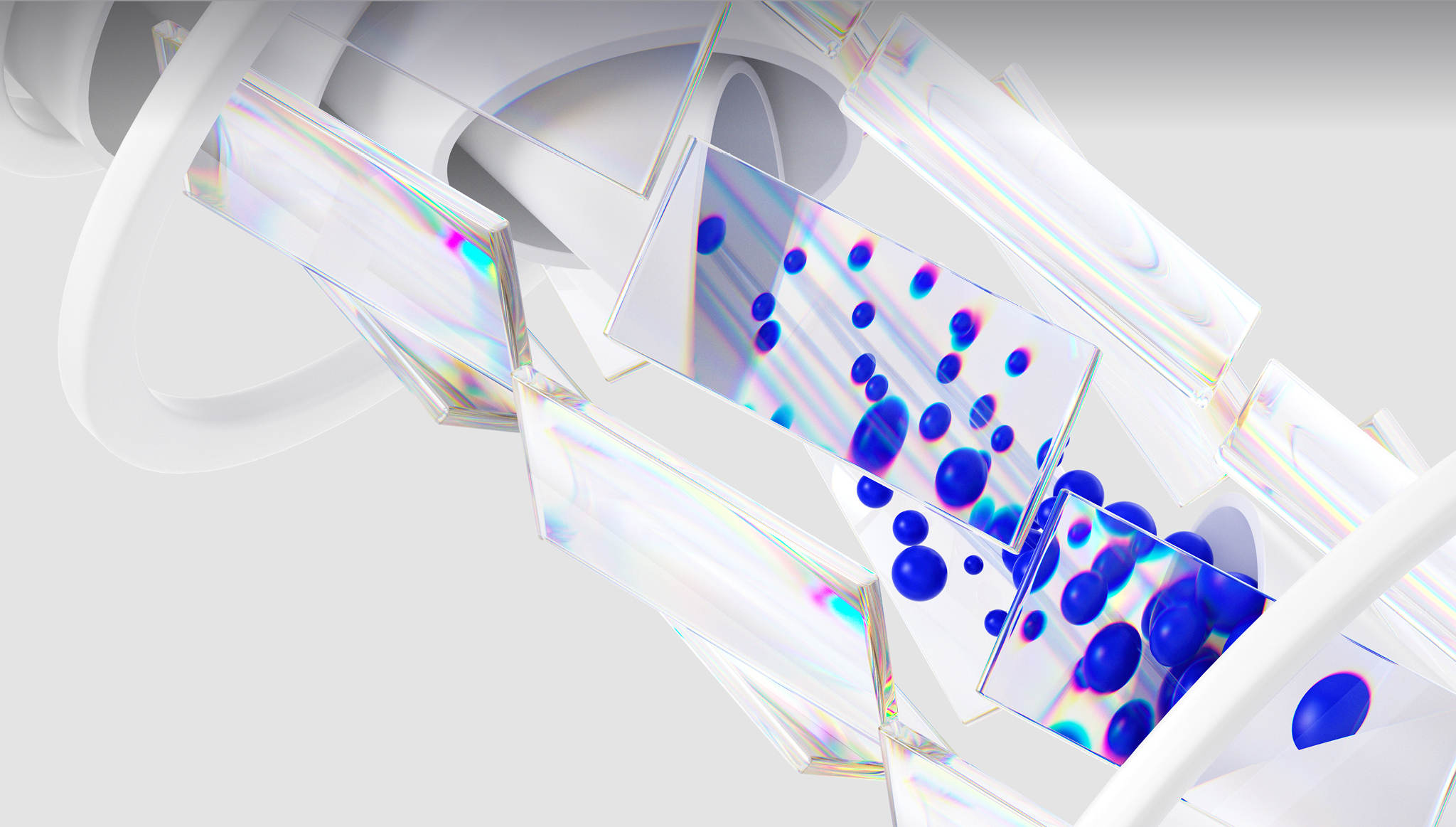The first question we must ask is how much of an impact do methane emissions from oil and gas operations have on global warming? The answer: quite a significant one. Most of our industry’s direct greenhouse gas (GHG) emissions come from methane. Oil and gas operations emit close to 80 million metric tons of methane each year worldwide. Those methane emissions have the same climate impact as the annual carbon dioxide (CO2) emissions from the entire continent of Europe.
As a short-lived climate pollutant, methane emissions have a more significant impact on near-term global warming while carbon dioxide’s effects are spread out over a century or more. The good news—for our industry and beyond—is that methane emissions can be easy to mitigate.
While eliminating CO2 emissions requires complete overhauls of industries that have been around for ages, eliminating methane emissions requires relatively modest improvements to the way we design and operate facilities. The International Energy Agency (IEA) estimates that the oil and gas industry can reduce its methane emissions by 70% by 2030 using technologies available today. Even better, 40% of these emissions could be avoided at zero net cost, since the cost of abatement is less than the typical market value of the captured gas.
Where is the methane coming from?
In many cases, a small number of “super-emitter” leaks—like open thief hatches, unlit flare stacks, or open bypass valves—emit a disproportionate amount of methane. Some studies have found that the highest-emitting 5% of super emitters are responsible for approximately 50% of emissions.
A primary technical challenge is finding these super-emitter leaks, which often occur in unexpected places specific to certain geologies and regions of the world . Once they’re found, a root cause analysis is needed to determine how to eliminate the emission. Root cause analyses might indicate that repairs are required or that certain equipment needs upgrading.
Detecting and measuring emissions: the Goldilocks dilemma
There are many methane detection technologies currently available. It’s selecting the one that is “just right” for a particular situation that’s challenging. Each technology has its pros and cons, and each works well in some circumstances but poorly in others. Experts with a deep understanding of emerging technologies, oil and gas facilities, and local operating conditions can design optimal measurement programs that often combine different types of detection technologies.
For example, traditional upstream leak detection technologies such as handheld detectors or cameras are sensitive but inefficient when attempting to screen a large number of facilities to identify a small number of super-emitters. Instead, mobile systems mounted on satellites, airplanes, and drones can effectively locate super-emitting needles in a haystack of low-emitting sites. Tiered inspections—using broad surveys of large areas to direct subsequent, more precise surveys only where needed—can deliver highly efficient monitoring by leveraging multiple new technologies in concert.
Despite these advantages, mobile monitors provide only a snapshot of emissions, which may be insufficient when emissions are intermittent. Continuous monitors convert that snapshot into a movie, providing near-24/7 site monitoring.
Many styles of continuous monitors are being developed. Multiple sensors enabled by the Internet of Things and positioned on a facility perimeter, for example, can detect airborne methane, triangulate the leak location, quantify the emission rate, and alert the operator. Permanently installed cameras provide valuable context about the root causes of these leaks. Other technologies are optimized for dense regions with many facilities.
The reduction strategies and technologies used today
As with measurement, we can choose among several technology options to fix leaks and modify or replace equipment that deliberately vents gas into the atmosphere. Vapor recovery units (VRUs) capture vented gas for reinjection into the processing system. Instrument air systems substitute compressed air for pressurized natural gas to nearly eliminate emissions from pneumatic devices.
For pipelines and processing facilities, tried-and-tested low-emissions (Low-E) valves can reduce fugitive emissions by up to 96% versus non-Low-E valve products. Over the past several years, new sealing technologies have been developed that meet the most demanding applications, thereby enabling existing valve designs to be certified to API and ISO standards—the gold standards for Low-E valve certification.
What about flaring?
Flaring has a lower short-term GHG footprint than methane emissions because most of the gas released in flaring is CO2, which is significantly less potent in the atmosphere than methane. That being said, flares cause both global warming and local pollution, and they are a visible sign of waste. This is why many operators have committed to zero flaring by 2030.
Routine flaring occurs for economic reasons when the cost to transport the gas to market exceeds its value. Expanding pipeline capacity can help, but in many cases, routine flaring occurs because pipeline construction is unfeasible. In these situations, eliminating flaring involves field technology that converts the gas into something less expensive to transport, more valuable to sell, or both. Many technologies are available for this, as well, and selecting the best solution for a specific application is both critical and complex. In this case, it’s the experts with technical, practical, AND local understanding that are in the best position to guide tech selection and installation.
In the meantime . . .
While zero routine flaring is a worthy goal, it will take time to achieve. In the shorter term, it’s crucial that all operating flares are as efficient as possible. Flares are designed to combust methane into CO2. Any inefficiency in combustion results in the methane being emitted into the atmosphere instead, which dramatically increases the GHG footprint. Putting it clearly: When it comes to flaring efficiency, not just every percentage point, but every fraction of a percentage point makes a difference in carbon footprint. Recent studies show that the average flare combusts methane into CO2 with 91% efficiency. At this rate, more global warming results from flaring’s methane emissions than from its CO2 emissions. Flare monitoring, including laser technologies that measure unburned methane and successfully combusted CO2, can help ensure flares operate at peak efficiency.
The bottom line is that managing methane is one of the most challenging problems—and greatest opportunities—the oil and gas industry has ever faced. How we leverage innovation to expand our ability to measure and reduce methane emissions from our operations will determine the speed at which we can ultimately eliminate these GHG emissions and achieve a more balanced planet.




